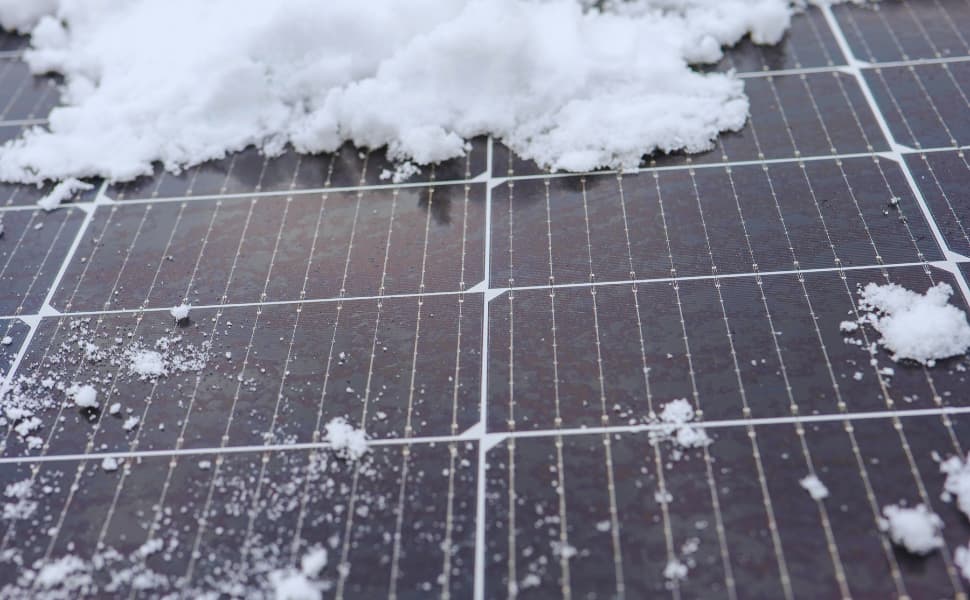As winter grips the UK, protecting your home from the effects of freezing temperatures becomes essential. One of the most effective ways to prevent frozen pipes—and the costly damage they can cause—is to insulate your pipes properly. Wrapping your pipes protects against the cold, ensuring your home heating system remains efficient and reliable.
At Heat IQ, we understand the importance of a well-maintained heating system and provide boiler installation and servicing across Yorkshire. This guide explains how to wrap your pipes effectively, helping keep your home safe and warm this winter.
Why Wrapping Pipes Matters
When temperatures drop below freezing, unprotected pipes are at risk of freezing. When water freezes, it expands, which can cause pipes to crack or burst. This disrupts your water supply and can lead to significant water damage in your home.
Properly wrapping your pipes reduces heat loss and keeps water flowing, even during freezing weather. It’s an affordable and straightforward way to safeguard your plumbing system and avoid unnecessary repairs.
Guide to Wrapping Your Pipes
- Identify Pipes at Risk
Start by locating pipes that are most vulnerable to freezing. These are typically found in unheated areas such as lofts, garages, basements, and outdoor spaces. Pipes running along external walls or exposed to draughts are also at greater risk.
- Choose the Right Insulation Material
The most commonly used material for pipe insulation is foam tubing, which is affordable, easy to install, and widely available at DIY stores. Other options include fibreglass wrap or self-adhesive pipe wrap tape. Choose a material that fits snugly around your pipes and provides adequate insulation for the level of cold in your area.
- Measure and Cut Insulation
Measure the length of each pipe you want to insulate and cut your chosen material to size. For foam tubing, simply cut it to the required length with scissors or a utility knife. Ensure your cuts are neat to allow for a tight fit.
- Secure the Insulation
Wrap the insulation around the pipe, ensuring it covers the entire length. If foam tubing is used, the pre-slit opening makes it easy to slide onto the pipe. Secure the insulation with adhesive tape, zip ties, or fasteners to ensure it stays in place, particularly in hard-to-reach areas.
For pipe wrap tape, wind it tightly around the pipe, overlapping each layer slightly to avoid gaps where cold air could penetrate.
- Insulate Pipe Joints and Fittings
Pay special attention to pipe joints, bends, and fittings, as these areas are more challenging to insulate and can be weak spots for freezing. Use additional wrap or foam cut to size to cover these areas thoroughly. Ensure no exposed sections of pipe are left vulnerable to the cold.
- Check for Gaps
Once your pipes are wrapped, inspect them to ensure no gaps or exposed areas. Even a small unprotected section can lead to freezing, so take your time to ensure thorough coverage.
Tips for Protecting Your Pipes
- Seal Draughts
Pipes near draughty windows, doors, or external walls are more susceptible to freezing. Use weather stripping, sealant, or draught excluders to keep cold air out and protect the area around your pipes.
- Keep Your Heating Consistent
Maintaining a steady temperature in your home can help prevent freezing. Even if you’re away, keep your heating low to keep the pipes warm. This is particularly important for homes with older plumbing systems.
- Leave Cabinet Doors Open
For pipes under sinks or in cupboards, leave the doors open during freezing spells to allow warm air to circulate around them.
Don’t Forget Your Boiler
While wrapping your pipes is crucial, maintaining your boiler is equally important for a warm and efficient home. A poorly functioning boiler can lead to inadequate heating, which increases the risk of frozen pipes.
Heat IQ provides professional boiler servicing and installation across Yorkshire, ensuring your heating system is in top condition for winter. Regular servicing improves energy efficiency and helps identify potential issues before they become significant problems.
Protect Outdoor Pipes and Taps
Outdoor pipes and taps are especially vulnerable to freezing temperatures. Disconnect and drain garden hoses, and cover external taps with a tap cover or insulating material. For outdoor pipes, use waterproof insulation to provide additional protection against the elements.
Stay Warm and Prepared This Winter
Properly wrapping your pipes is a simple yet essential step in protecting your home from the harsh winter cold. Insulating vulnerable areas, maintaining your heating system, and taking preventive measures can reduce the risk of frozen pipes and keep your home safe and warm.
If you need expert advice or boiler servicing to ensure your heating system is winter-ready, Heat IQ is here to help. With years of experience serving homes across Yorkshire, we provide reliable solutions to keep your heating efficient and effective.
Prepare now, stay warm, and enjoy peace of mind knowing your pipes and home are protected.
Related Articles
- Here’s what to do if your pipes freeze and how to protect them
- Preparing Your Home for Winter
- Tips to reduce your heating bill this winter
- What Does Gas Boiler Service Involve?
- Give your Radiators a Little TLC Over the Winter Period




